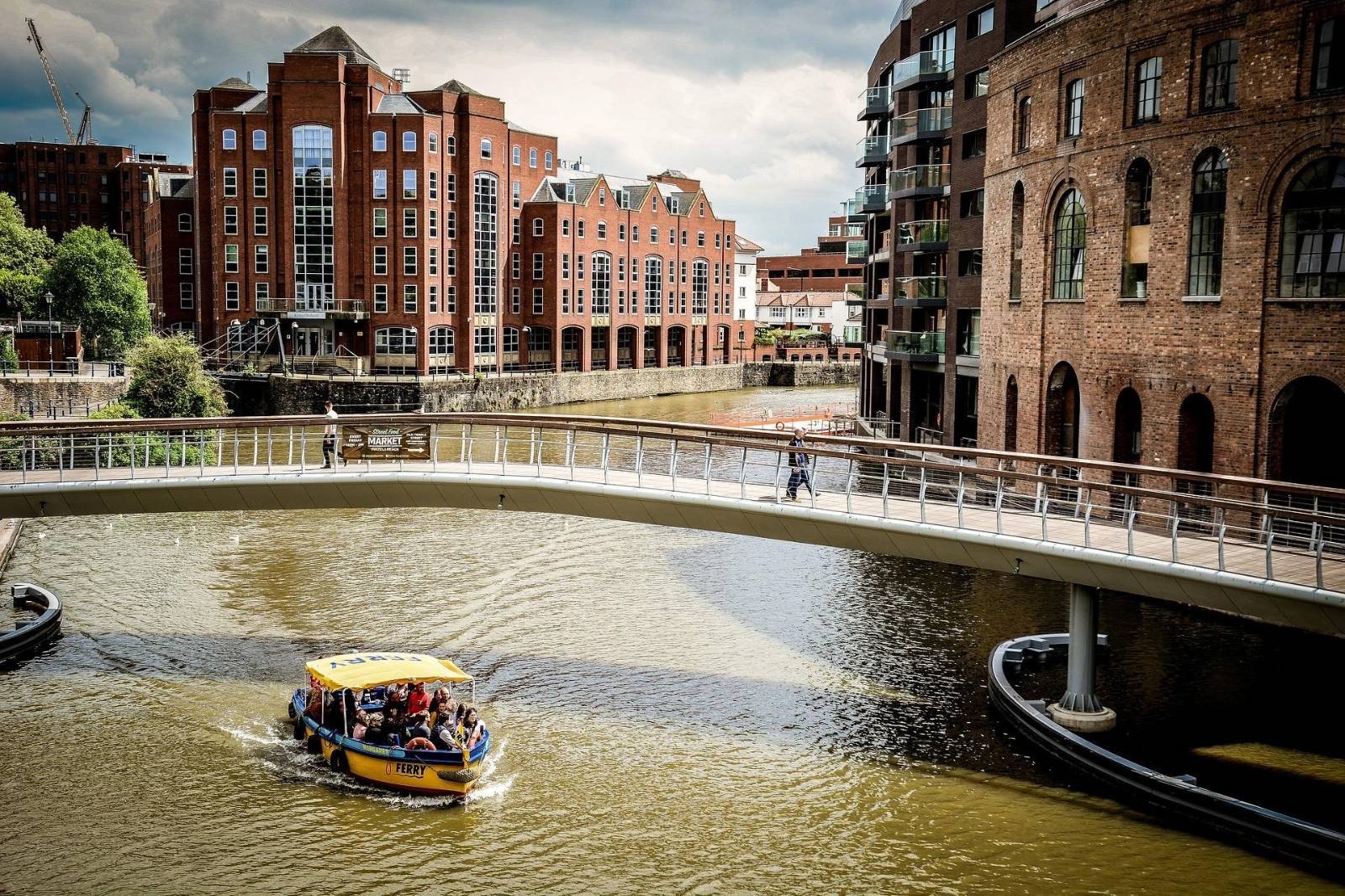
Economic benefits
Economic: employment, shipping and commerce
The economic impact of the Great Western Power Barrage includes those features which it protects or enhances as well as providing the opportunity for opening up new areas of activity.
Features protected and enhanced
Coastal protection and flood defence
The present Severn Estuary is a challenging environment for coastal defence. The tidal range is the second largest in the world and adverse weather conditions can raise water levels by as much as 2m above predicted levels. In addition, average sea levels have been rising and continue to do so due to climate change.
The construction of a barrage across the estuary will remove the risk of flooding. It will give those living and gaining their livelihoods from the area respite from such disruption.
Agriculture
Much of the Severn Estuary’s rural landscape is low lying, such as the Somerset, Avon and Gwent Levels. These areas have been artificially reclaimed since Roman and Mediaeval times. The drainage channels characteristic of the Levels are of historical and wildlife value as well as supporting present-day agriculture. Agriculture is the most common use of land around the estuary. There is a long and continuing history of private ownership and farming activities alongside traditional farming communities. There is continued pressure for farmers to maintain farm incomes and so diversify their activities.
The reduced risk of flooding will open up the way for providing facilities for commercial re-use, recreation and tourism as well as improving public access. It will also give more opportunities for conservation initiatives, which may be an additional source of income.
Cultural, natural and built heritage
This is about sustainable land use and development. It encompasses the regeneration of environmental, recreational and tourism resources but by doing so in a manner that supports the objectives of the Bruntland Commission and the Well-being of Future Generations Act (Wales) 2015.
Opening up new areas of activity
Ports, shipping and navigation
The Severn Estuary’s ports are extremely important to the local and regional economy. There are major ports at Bristol (Royal Portbury and Avonmouth), Cardiff and Newport, and maybe Barry, depending on the final line of the barrage, together with a number of smaller facilities elsewhere.
The construction of a barrage across the estuary will inevitably affect shipping but there will be a lock in the barrage and this will be positioned to take advantage of the deepest channel.
The Team working on the Great Western Power Barrage will work to promote the continued viability of all of the Estuary’s ports while taking into consideration the wider context of all users and the valuable estuarine tidal resource.
Transport systems
Transport is at the heart of commerce. The changes that are expected to take place include enhanced flood protection and calmer waters upstream of the barrage. This will open up possibilities.
It will allow new roads such as the M4 relief road around Newport to be built at a lower level and so save significantly on its present cost estimate.
It will also facilitate the co-ordination of transport plans across boundaries to achieve a more integrated quality for transport systems of the future.
The cumulative effect of these two features will add to the desirability of the area and employment opportunities will increase accordingly. The aim will be to carry out a detailed study of this topic during the consultation and design development stages of the Great Western Power Barrage.

